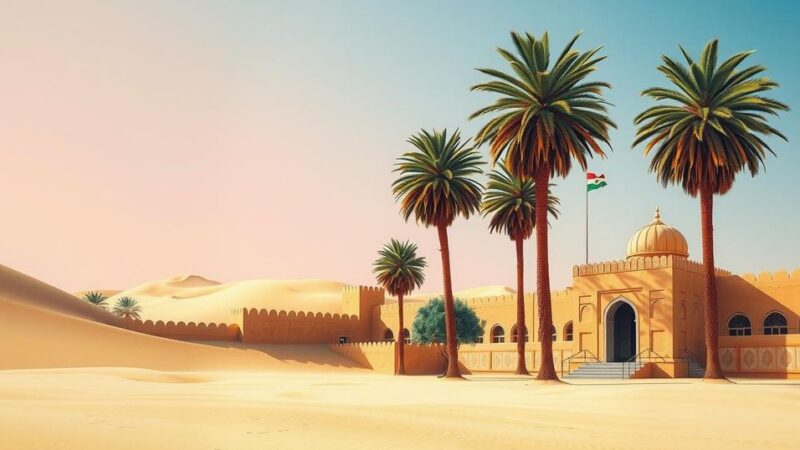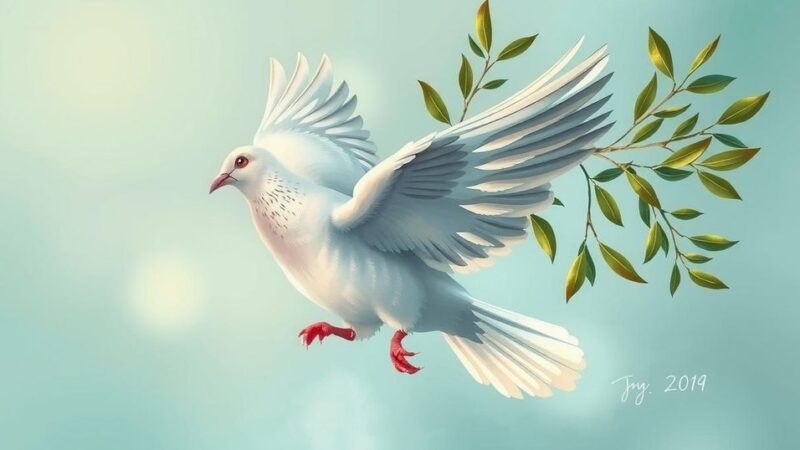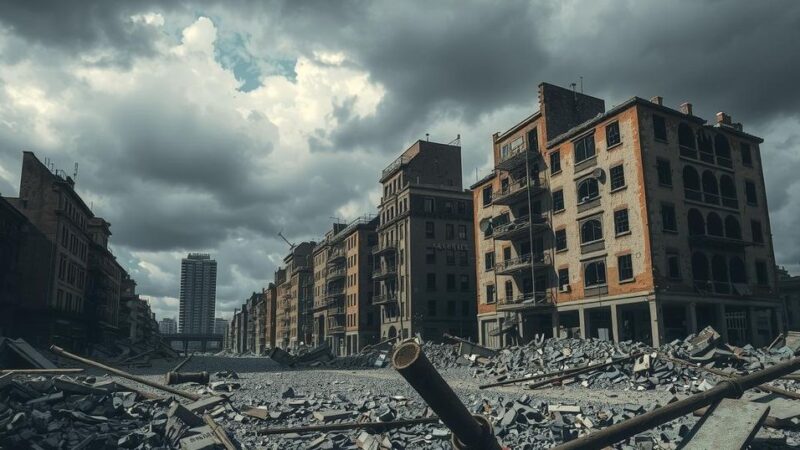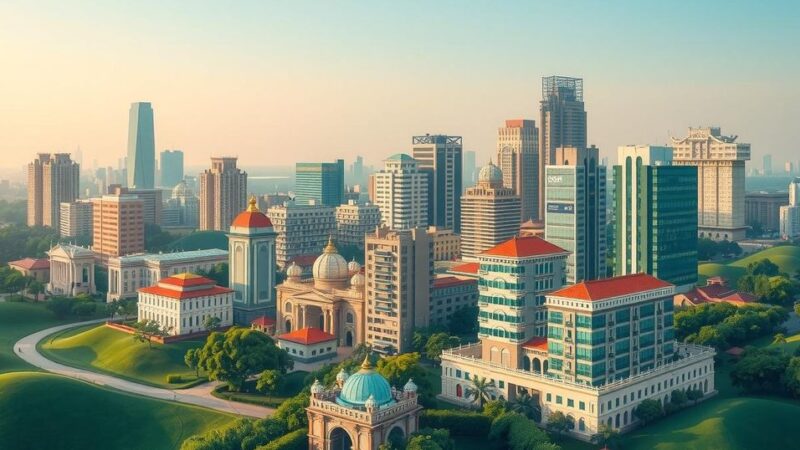On January 26, M23 rebels captured Goma in East Kivu, supported by Rwandan troops, escalating a longstanding conflict in eastern Congo. The group continues to advance towards Bukavu, threatening further destabilization. Current failures in governance and public outrage signal a critical moment for the DRC, with potential scenarios of conflict escalation or a negotiated peace.
The M23 rebel group, backed by Rwanda, captured Goma, the capital of East Kivu, on January 26, seizing crucial mining areas in North and South Kivu. Following the retreat of Congolese forces and foreign support, M23 has established full control over Goma. Despite a temporary humanitarian ceasefire, M23 continues advancing towards Bukavu, escalating a long-standing regional crisis that threatens to destabilize the Democratic Republic of Congo (DRC) and its surrounding areas.
There is mounting evidence that the M23 rebels are receiving military assistance from Rwanda, including the presence of Rwandan troops in the DRC. Analysts point to Rwanda’s interest in Congolese mineral wealth as a key factor behind the conflict’s aggravation. Tensions between the DRC and Rwanda have been increasing since President Tshisekedi assumed office in 2019, influenced by disputes over military tactics, infrastructure, and mining operations. The M23 group has roots in earlier Tutsi-led rebellions aimed at protecting the community from ethnic violence.
M23’s origins trace back to a mutiny in the Congolese army in 2012 that led to the initial capture of Goma. While international pressure resulted in a temporary withdrawal of M23, the group re-emerged in 2021 amid a weakened UN peacekeeping effort. Diplomatic negotiations have faltered, and without effective U.S. intervention, Rwanda’s military presence in the DRC raises concerns of a broader conflict in the Great Lakes region.
Presently, M23 is anticipated to govern Goma with Rwandan backing while attempting to capture Bukavu. Possible future scenarios include a regional war if M23 expands its territorial claims, a localized conflict where M23 maintains control over mining areas, or a negotiated peace deal, although the latter seems less probable given current dynamics.
The Congolese government’s failure to retain control has sparked public outrage, leading to attacks on the embassies of nations perceived as supporting Rwanda. The loss of Goma as a significant trade center contributes to instability in Kinshasa, raising questions about President Tshisekedi’s leadership. Credendo rates the DRC with a high political risk in both short-term and long-term contexts.
The ongoing conflict in the eastern Democratic Republic of Congo has deep historical roots, influenced by ethnic tensions and resource competition. The emergence of the M23 rebel group, primarily constituted of Congolese Tutsis, has exacerbated the situation, particularly as Rwanda is accused of providing military support. Tensions between the DRC and Rwanda have escalated over issues like mining rights and military strategies, creating an atmosphere ripe for conflict deserving careful international attention.
The seizure of Goma by M23 rebels represents a critical juncture in the DRC conflict, with implications for regional stability and international relations. As the community grapples with significant displacement and violence, the risk of broader regional conflict remains pronounced if diplomatic channels are not effectively utilized. The situation necessitates a reevaluation of international engagement and support to mediate peace and stability in the region.
Original Source: credendo.com






